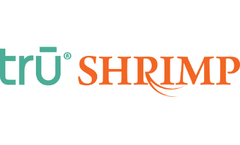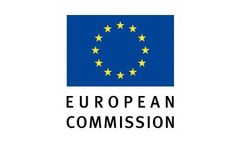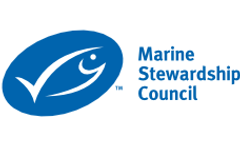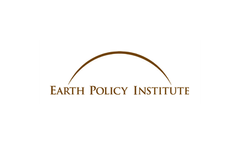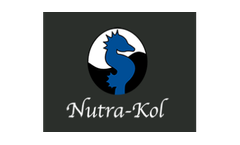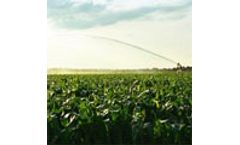Refine by
Crustacean Articles & Analysis
19 news found
Aquaintech Inc. (AITI) was the first company to successfully develop and market Bacillus spore tablets for use in aquaculture. PRO4000X, our lead tableted product, is widely used in hatcheries, RAS systems, shrimp and fishponds, reservoirs, and discharge and intake canals. PRO4000X was designed to target pond bottoms. AITI is pleased to announce the addition of the TWC Bio-Block (TBB) to its ...
Chitin and chitosan are natural biopolymers found in crustacean shells, insect and mollusk exoskeletons, and fungi cell walls. ...
ByMatexcel
Chitin widely exists in the shells of crustaceans, the carapaces of insects and the cell walls of fungi. It has important uses in medicine, the chemical industry, health food, etc., and has broad application prospects. ...
Chitosan is a naturally occurring polymer that is derived from the shells of crustaceans. It is currently registered as a fungicide, antimicrobial agent, and plant growth regulator that boosts the ability of plants to defend against fungal infections. ...
The six shrimp entry lines refused in September for veterinary drug residues were from two different exporters in India and Vietnam: · West Coast Frozen Foods Private Limited (India), a company that is not currently listed on Import Alert 16-124 (“Detention Without Physical Examination of Aquaculture Seafood Products Due to Unapproved Drugs”), Import Alert 16-127 ...
“The capacity to face shortages or excesses of water will be fundamental in the efforts to improve productivity in a sustainable way” In the Caribbean, the greater frequency of storms, tornadoes and cyclones will harm aquaculture (the farming of aquatic organisms such as crustaceans, molluscs, and aquatic plants) and fisheries, and temperature changes could alter the ...
It was still detectable in polychaete worms and crustaceans, but at a lower level. In the EU, the safe limit for human consumption of teflubenzuron is 0.01 mg per kg of body weight per day3. ...
” Facts about krill Krill (Euphausia superba), are tiny shrimp-like crustaceans, low in the food chain, that swarm in dense shoals. They are found particularly in Antarctic waters. ...
Aquaculture—farming of fishes, mollusks, crustaceans and plants in an aquatic environment—is a booming business (approximately $119 billion in the US in 2010) and the fastest growing form of global food production. ...
As government agencies recommend greater consumption of seafood for its health benefits, a new analysis led by researchers from the Johns Hopkins Center for a Livable Future urges medical and public health professionals to consider the environmental and health impact of seafood sourcing, particularly aquaculture, or the farming of fish, shellfish and crustaceans. The paper ...
Collectively known in Chile as the crustacean fishery, the fishery harvests yellow squat lobster, red squat lobster, and nylon shrimp. ...
The authors say their work shows for the first time that crustaceans can be more effective at sustainably suppressing mosquito larval populations than Bti treatment. ...
About the Îles-de-la-Madeleine lobster fishery Homarus americanus is among the largest of all marine crustaceans, sometimes growing to lengths of 60cm and weighing over 18kg. ...
There is particular concern that these particles could clog or carry harmful pollutants into the guts of marine animals. Sea creatures, including crustaceans and mussels, have been shown to ingest these microplastics in the laboratory, but studies in natural environments are rare. ...
Collectively known as forage fish, these species—including sardines, anchovies, herrings, and shrimp-like crustaceans called krill—feed on plankton and become food themselves for larger fish, seabirds, and marine mammals. ...
One of the problems with shrimp (and other crustacean) culture is broodstock diets and nutrition. Currently, most, if not all, hatcheries around the world are using fresh or frozen, unprocessed marine organisms as food items. These include squid, various mollusks (mussels, oysters or clams), marine polychates, crustaceans such as shrimp (Peixoto et al., 2004; ...
Researchers also populated the experimental sections with the crustacean Gammarus pulex as it is especially sensitive to organophosphorous insecticides. ...
Specifically designed for organic pollution and oxygen depletion, the EBI gives an indication of ecological quality by examining the variety and numbers of insects, crustaceans, molluscs and worms, living at the lowest level of a water body (the 'Benthic zone'). ...
Environmental Protection Agency conducted trials to test its impact on water biota. But it used Daphnia, a crustacean often used for toxicity tests, and not insects that are more closely related to the target pests, Royer said. ...





